The successful landing of an EDF jet is one of RC's most enjoyable moments. Jets always get the blood pumping with their speed and performance in the air. When you "grease" a scale landing with a jet successfully, it sticks with you for the rest of the day. Conversely, regardless of how great the flight was, if you do not land the plane properly or worse, damage the plane upon touchdown, the whole flight feels ruined.
Here are some guidelines and tips to help keep your EDF jet landings a happy event worth celebrating.
Plan your strategy
Just like with any plane, you want to develop a pattern. Takeoff leg, crosswind leg, downwind leg, base leg and final. This rectangular flight pattern helps you visualize when certain tasks to be carried out in the air. In this article, we will focus on the portions of the pattern relative to landing.
When you are ready to land, you want to drop your gear (assuming your EDF jet has retracts as most do these days) somewhere around the entry into the downwind leg.
When you are preparing to enter the base leg, drop your flaps to their full setting if there's not an overabundance of headwind. The flaps increase drag and lift. You can thus slow down the plane as well as not gain too much speed if you are adopting a steep approach.
Final Approach - Throttle Management
The key with jets is keeping certain speed all the way to the ground. Dead-sticking on final approach is usually asking for trouble as many jets usually do not have gentle stall characteristics. Jets need speed over the control surfaces to be effective throughout the entire flight envelope. To avoid stalling on the final approach, you need to maintain between 15%-25% power on. Throttle is also used to control altitude. If your jet is properly trimmed with flaps, you can manage the approach with throttle and very little use of elevator.
Some jets such as the smaller F-16 Fighting Falcon and F-22 Raptor have decent glide properties so you can dead stick those jets assuming you are keeping them above stall speed all the way to the ground. However, due to their increased weight and wing loading, it's not good practice to dead stick 90mm-sized EDF jets .
You're probably not using the throttle to its full potential if you find yourself using the elevator aggressively or often on final approach. One of the most common misunderstandings of power is that it is simply to increase speed. The throttle, in reality, can also be used to change altitude. The elevator is used to make adjustments for pitch, such as flaring right before the touchdown.
Fly Her To The Ground
You've now developed a good glide slope and speed on your final approach path. Your gear is down and you have flaps according to your environment (less flaps are needed in higher head winds). At this point, you can simply fly her to the ground. How do you go about doing that? Keep the nose relatively parallel to the ground. Adjust your throttle and elevator to achieve a speed that is flying comfortably just above stall speed. Increase the power a little if she begins to feel "mushy" on the sticks. The nose should not be too low or too high above the horizon line.
On final approach, some jets, such as the F-16 Fighting Falcon, prefer a higher AoA (Angle of Attack). The key is to keep the jet above stall speed at all times until the flare, inches above the surface.
Start to decrease your power when you get her close to ground effect (half the total wingspan's length between the ground and the jet). Reduce your power even more once you are under a foot or so from the ground and gently raise the nose with elevator to establish a good flare. Reduce your power even more once you're under a foot off the ground and gently lift the nose with the elevator to create a good flare.You don't want to crash the plane into the ground, but you do want to be committing the act of active flying all the way to landing and then throughout the rollout.
Grass or Paved?
Both surfaces pose their own challenges. Some people don't have access to a long, paved runway on which to fly their model planes. Grass is often the only choice. The general rule to consider if you can fly your jet on grass is if more than 1/3 of a wheel's height is covered in grass, the model will most likely not take off due to too much resistance. Many people remove the gear from their jets if their can only fly on a grass field. They become known as "hand tossers" or "belly landers". These are normally in the 64mm-70mm size range because their weight and size make hand tossing easier while the 90mm class are generally too heavy and large for successful hand tossing.
Summary
To summarize, create your pattern, drop your gear and flaps in accordance with your environment and location in the pattern, line the jet up on final approach and control the throttle to change altitude and a safe speed just above the stall speed. Fly the jet all the way to the ground, then slowly lift the nose for the flare inches (not feet) above the ground, easing off on the throttle.
A successful jet landing, like anything else, takes practice. If you've mastered the basics, the muscle memory will follow and before you know it, you're thinking less and reacting based on sound principles that will keep you satisfied for years to come.
Hey, good luck! You can do it!

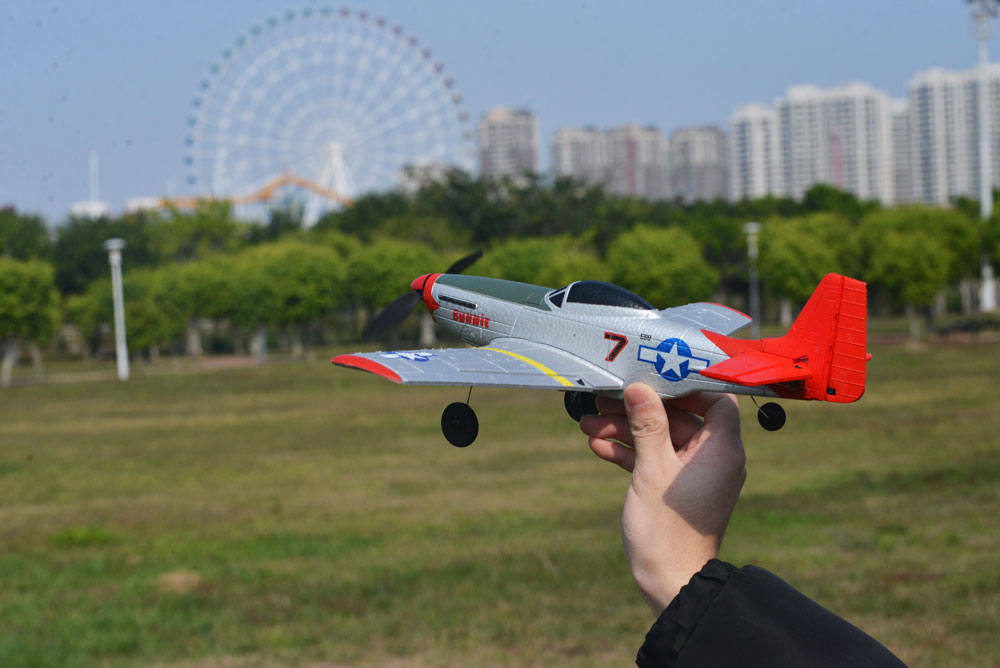
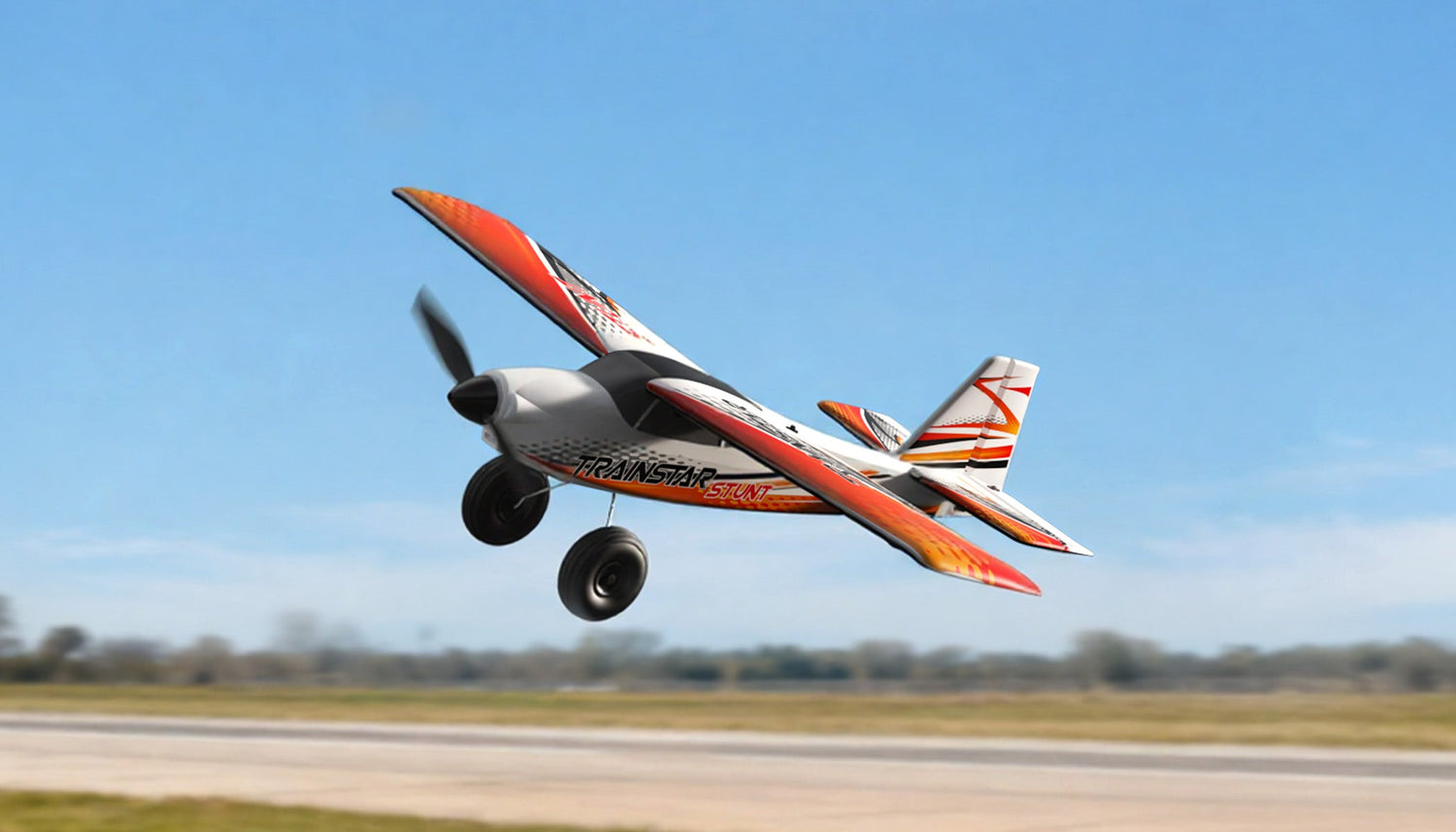
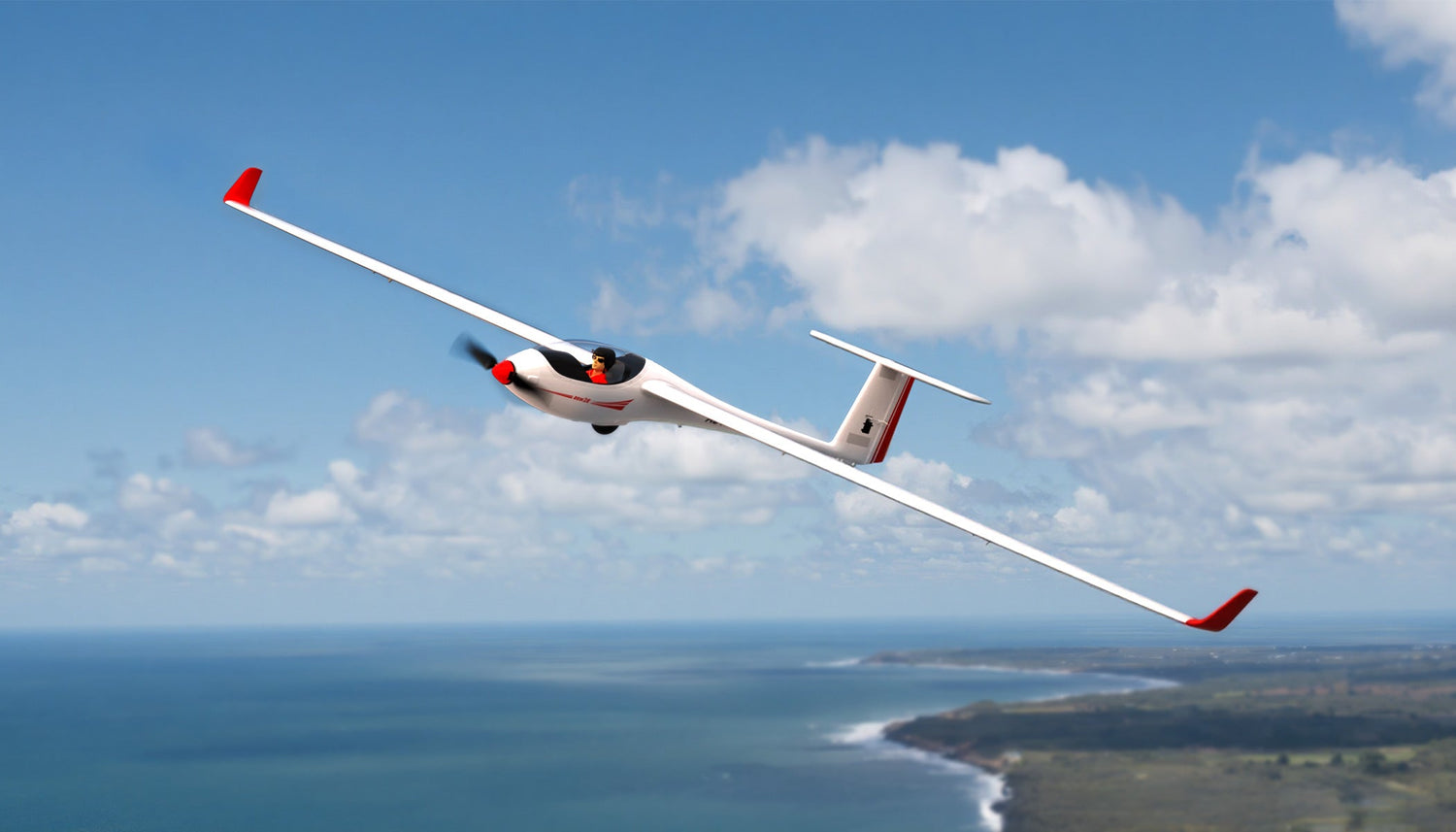
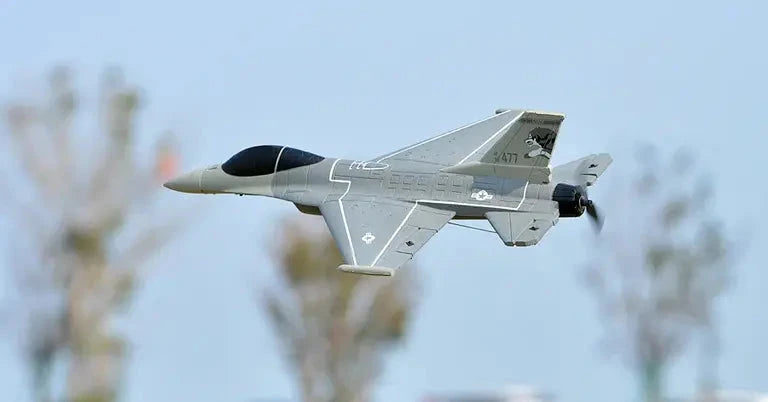
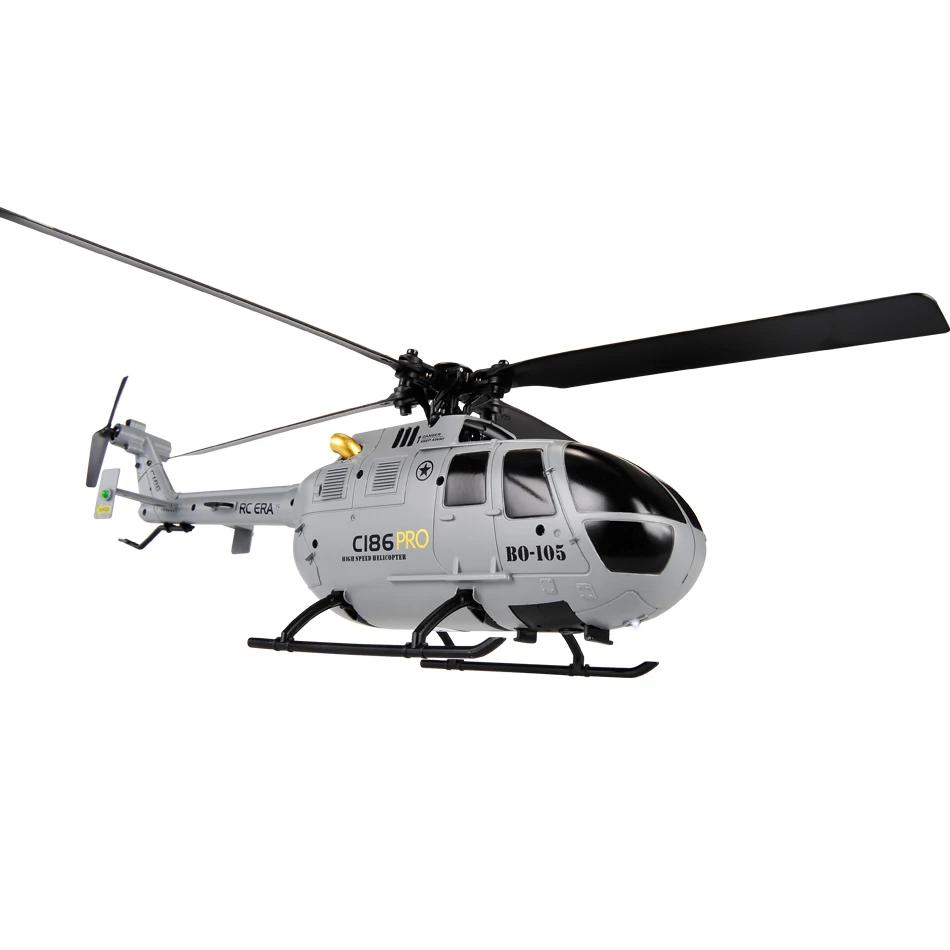
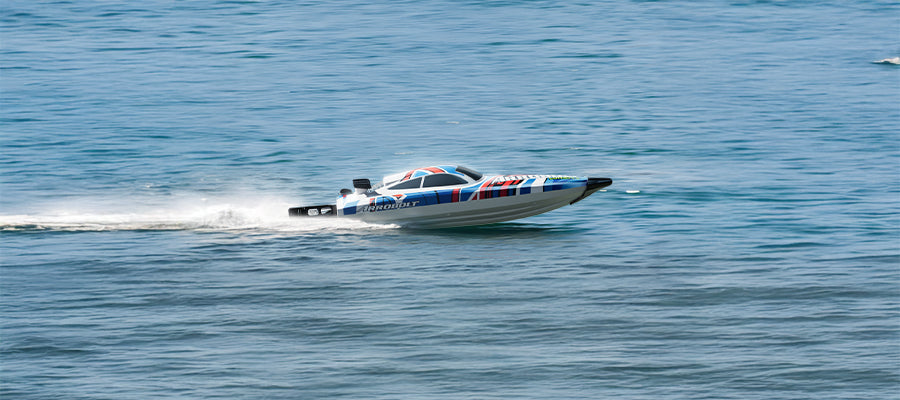
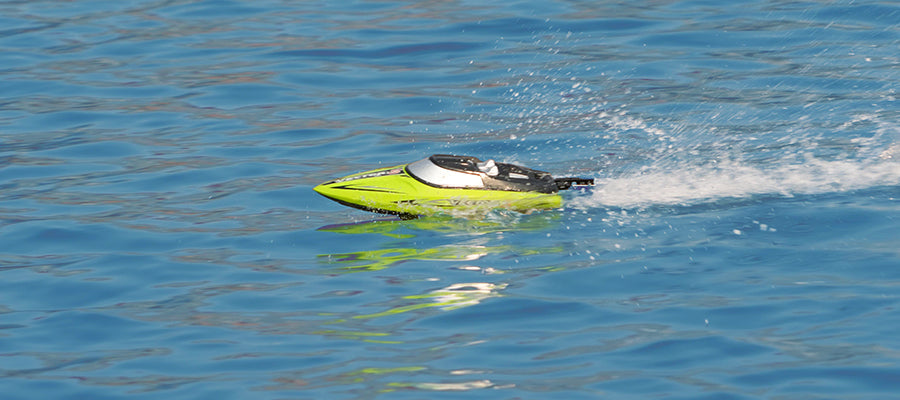
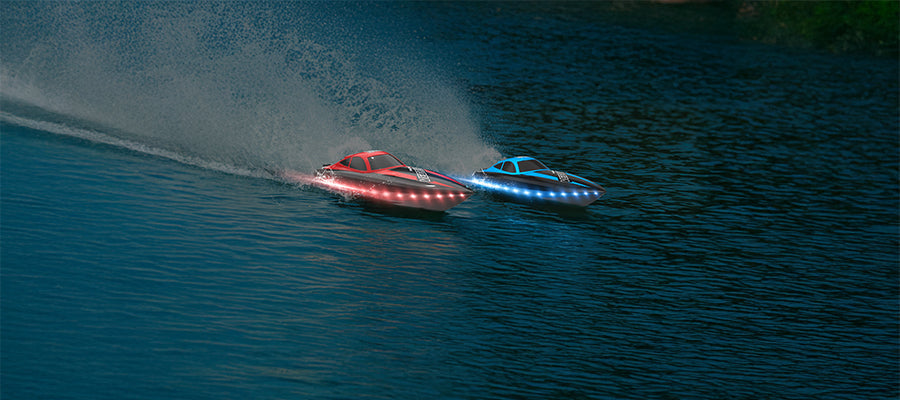
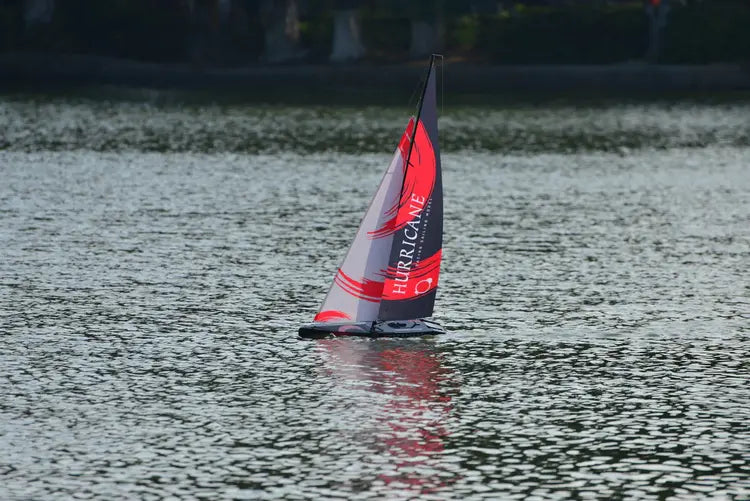
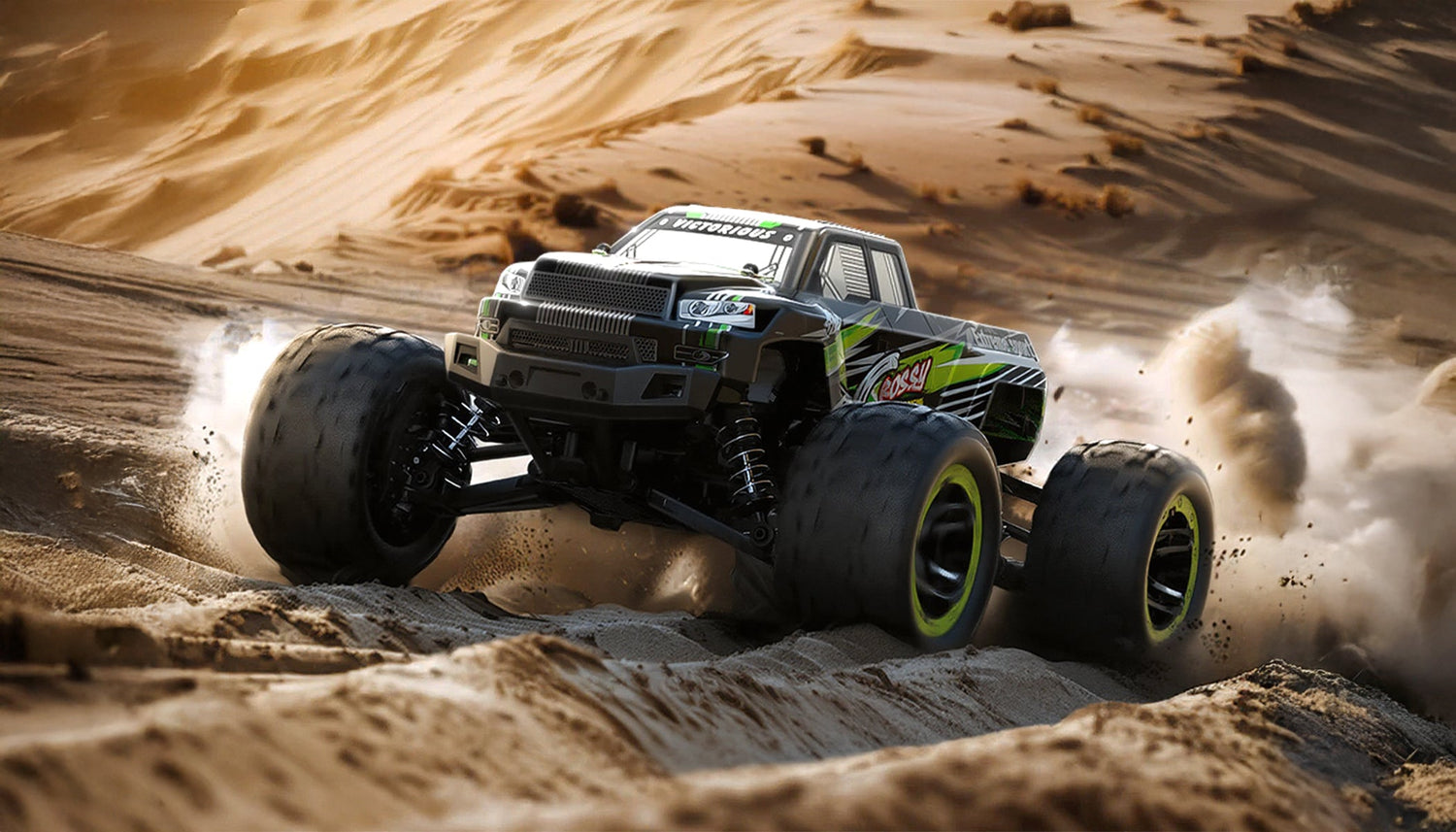
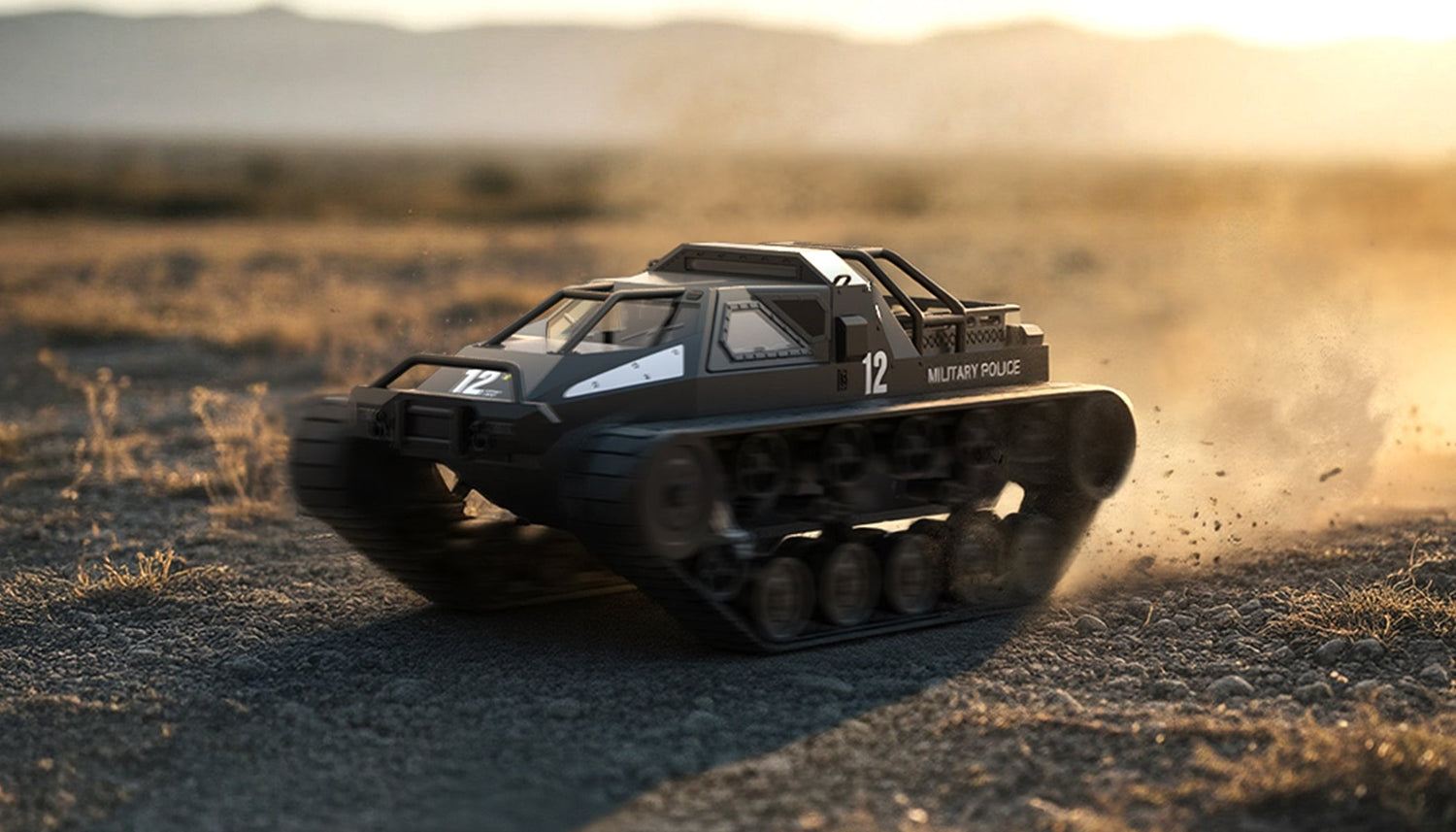
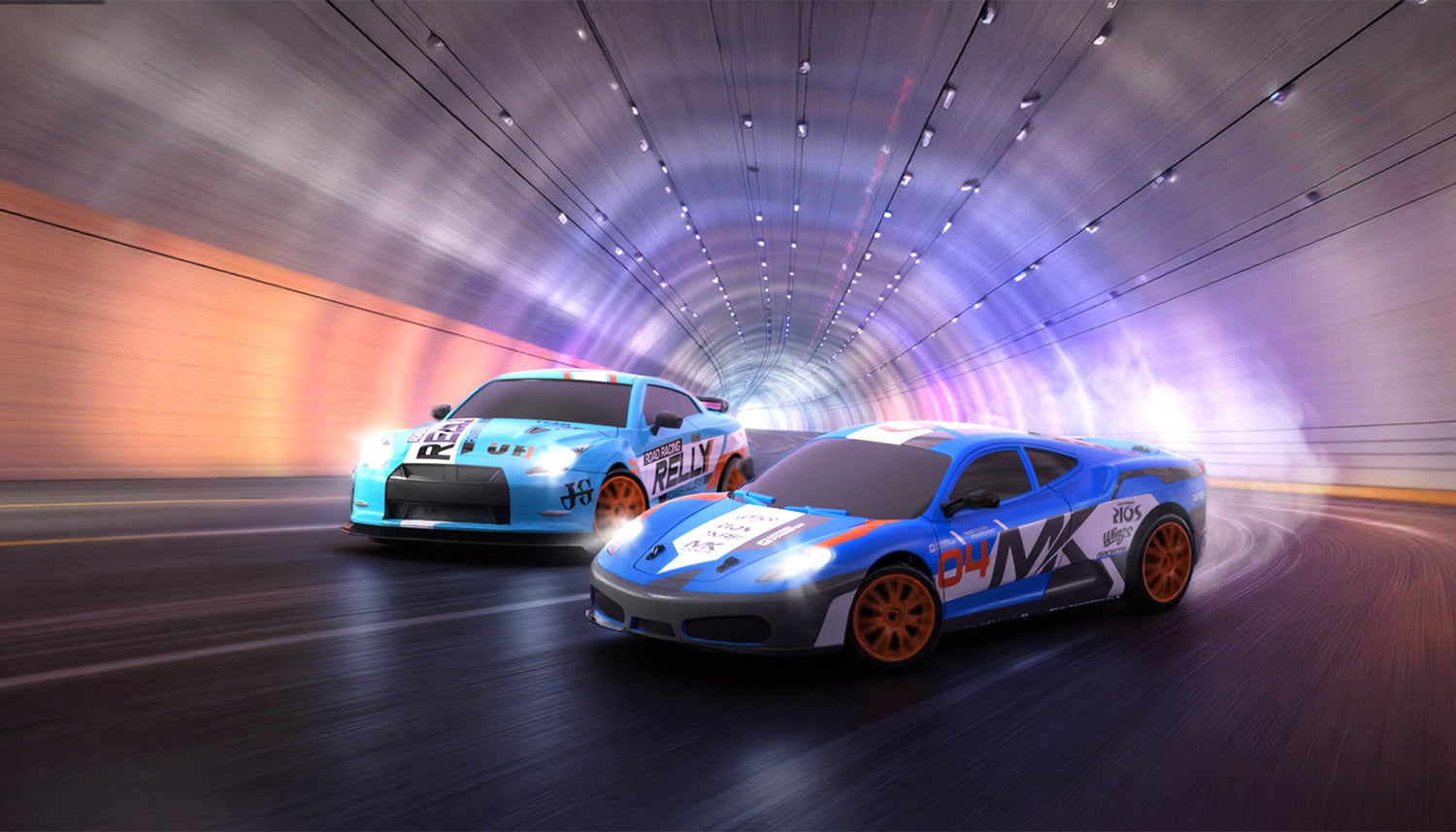
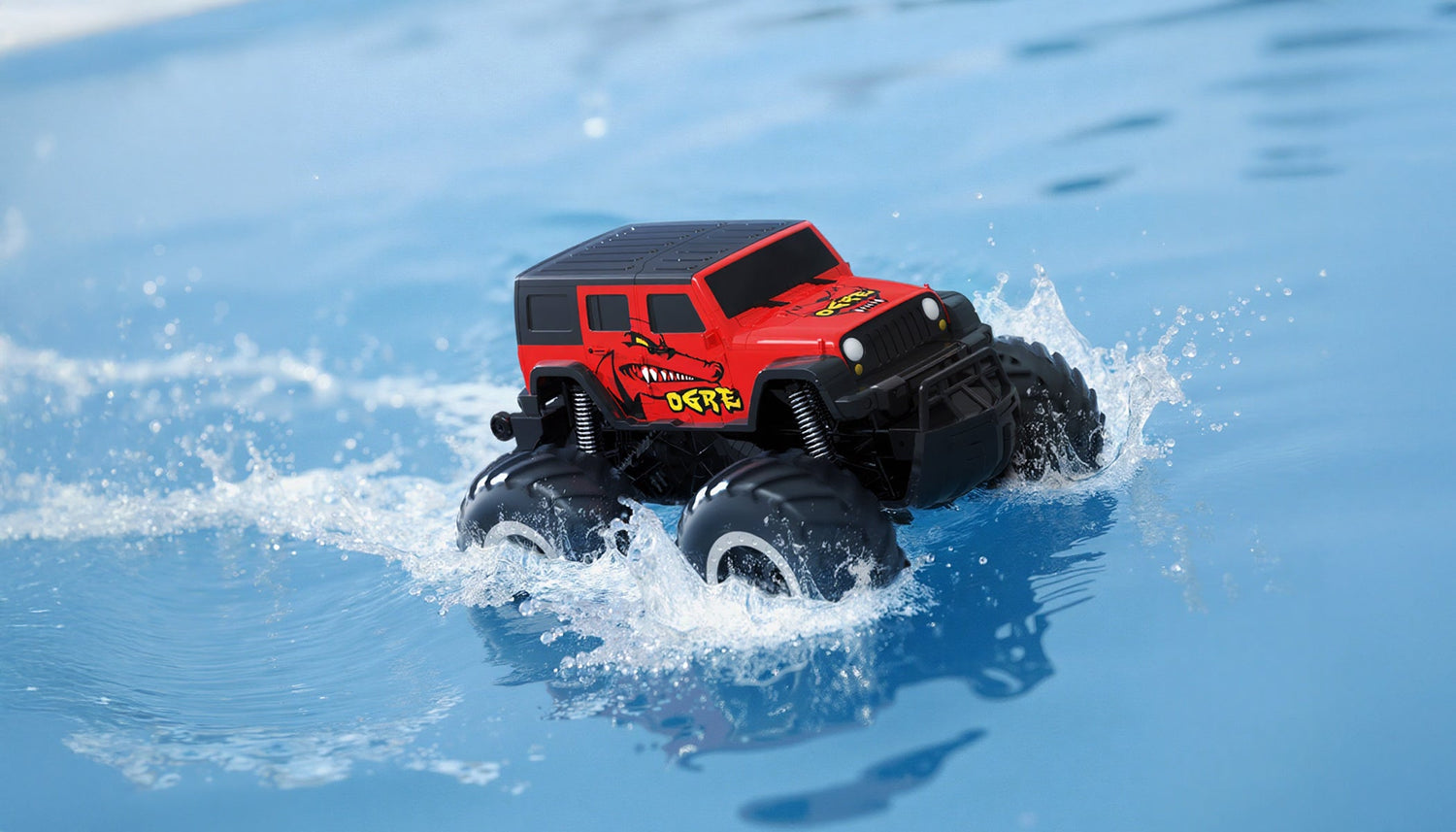
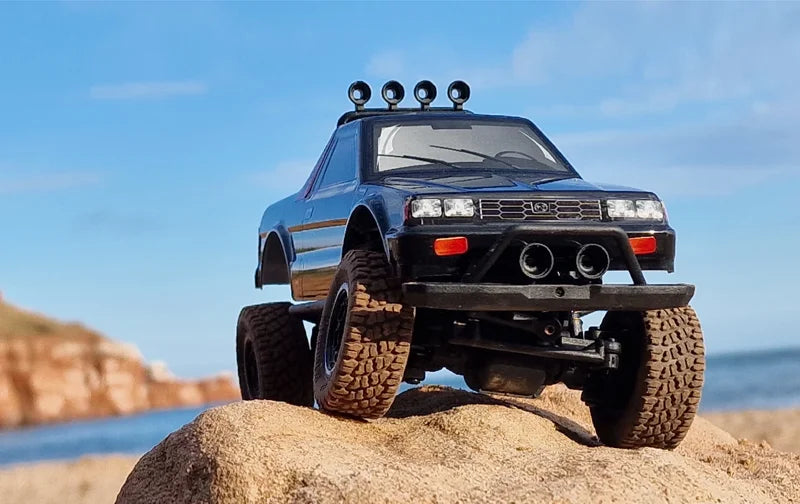
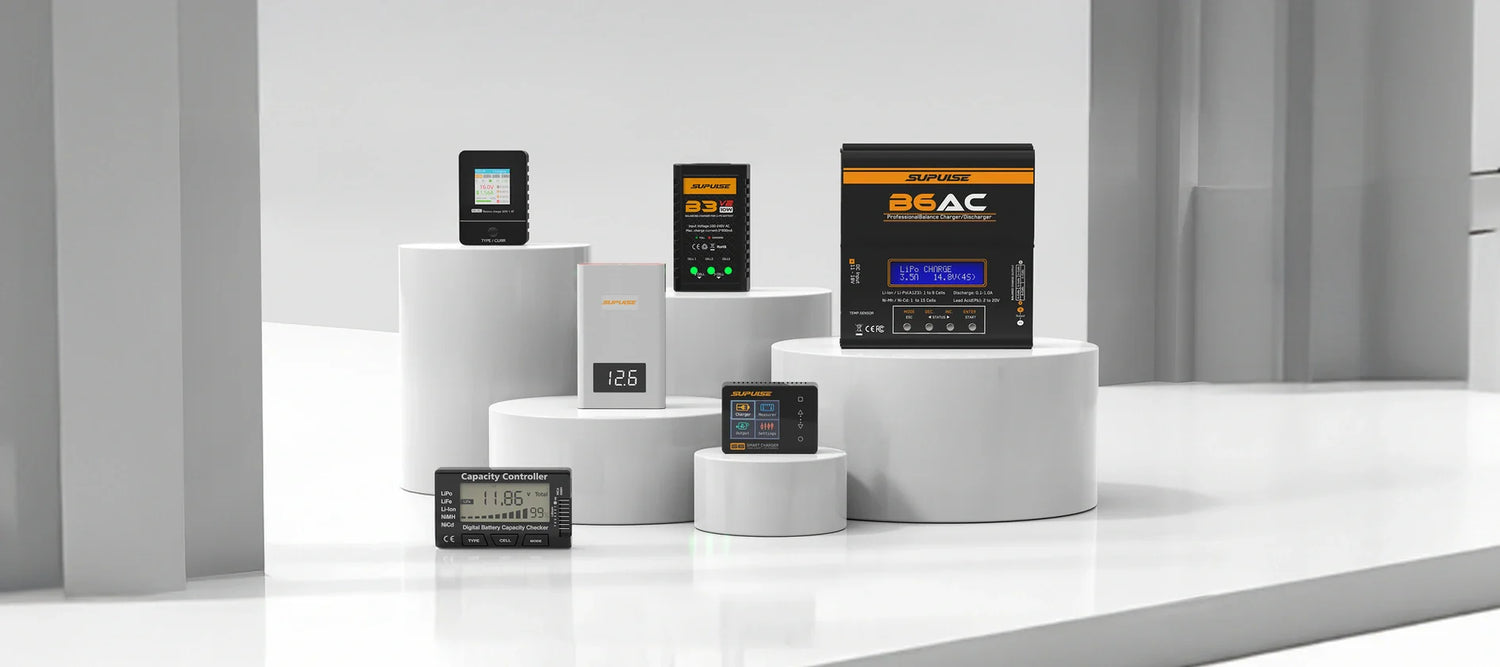
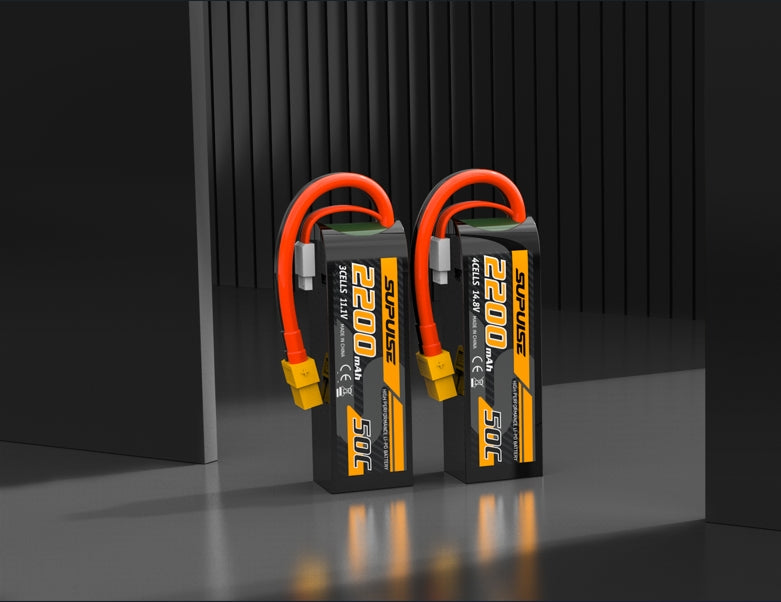
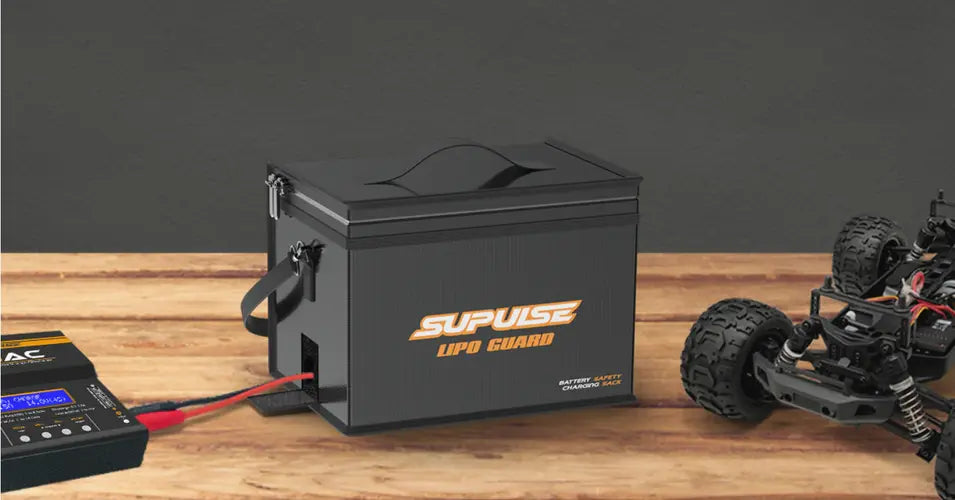
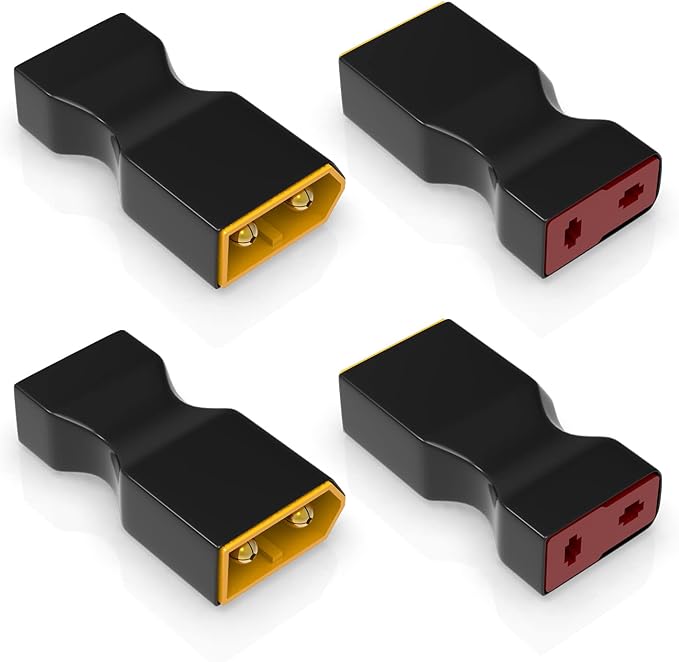


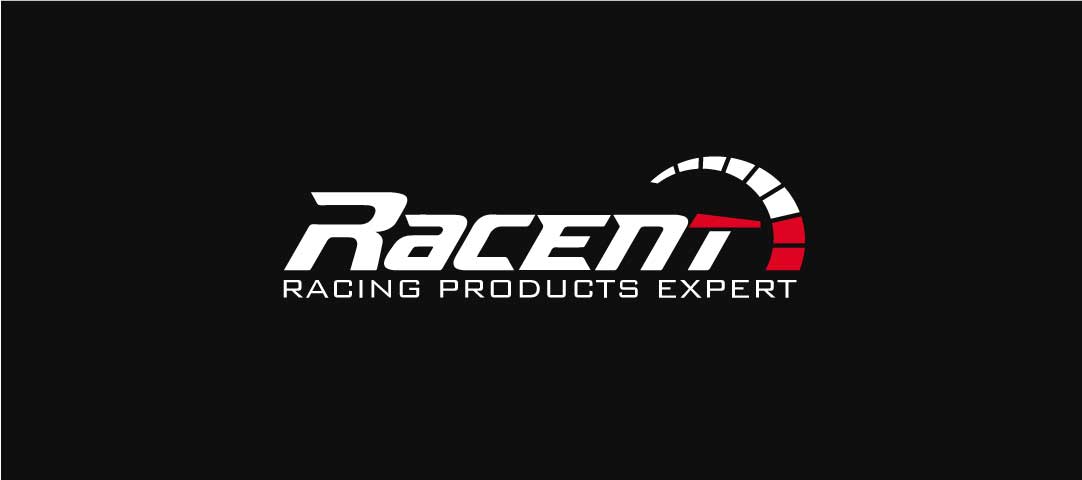



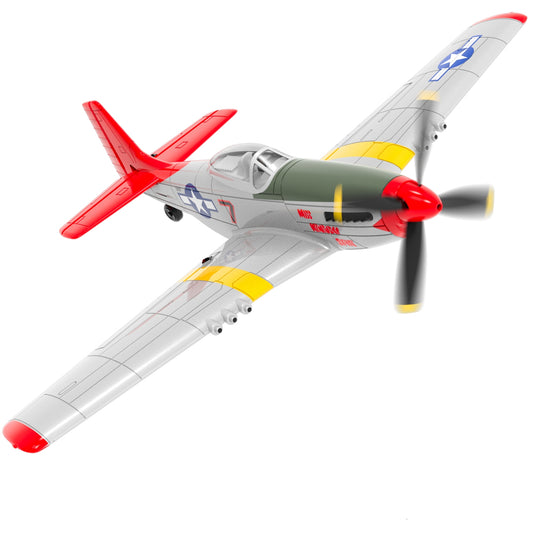
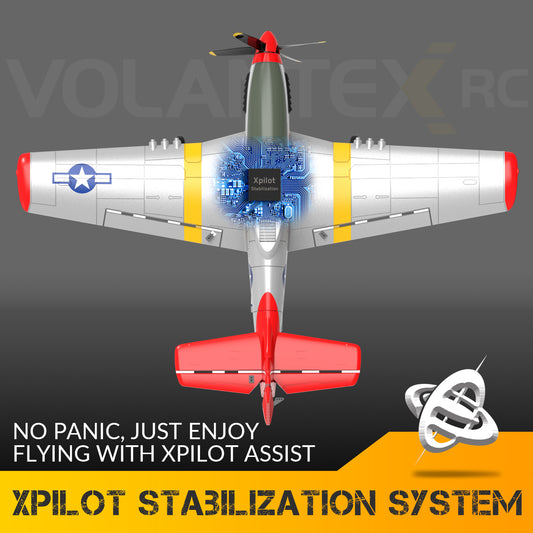
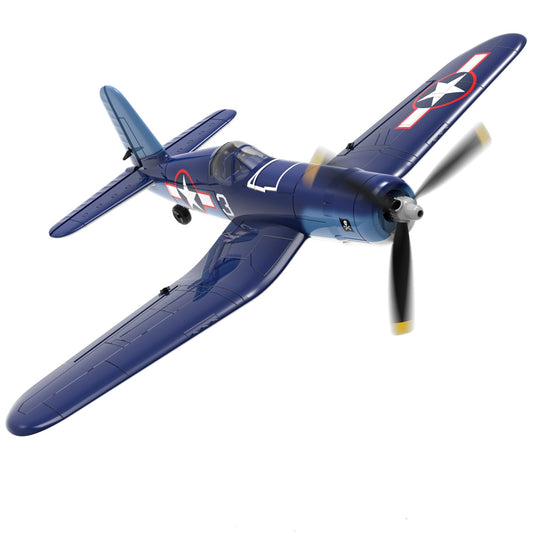
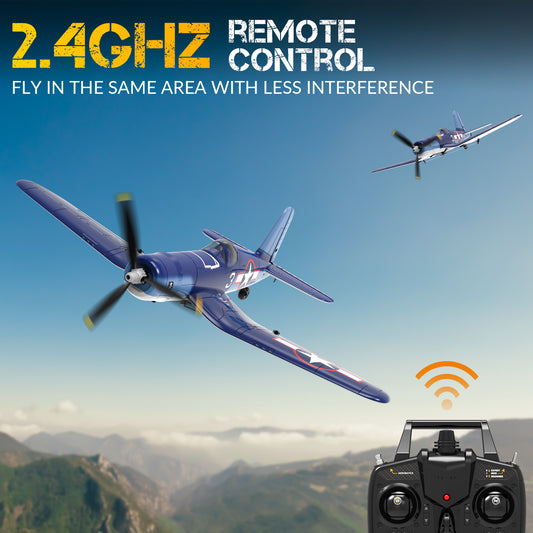
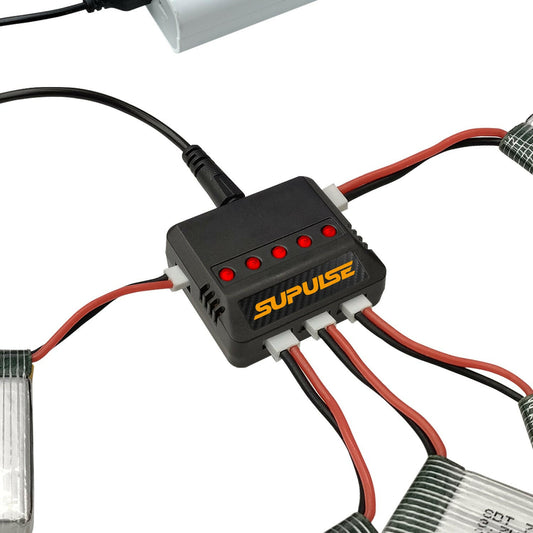
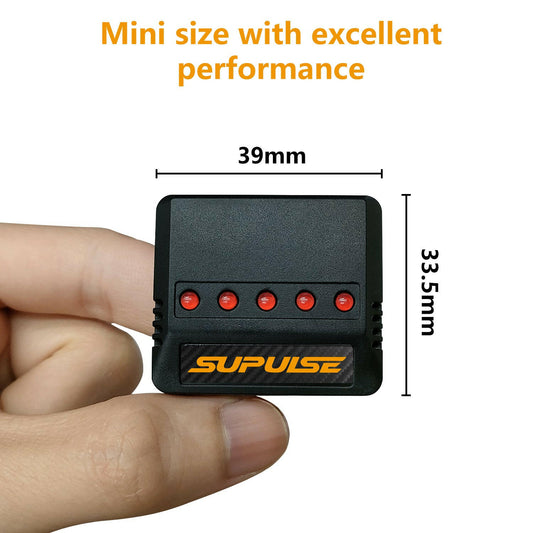
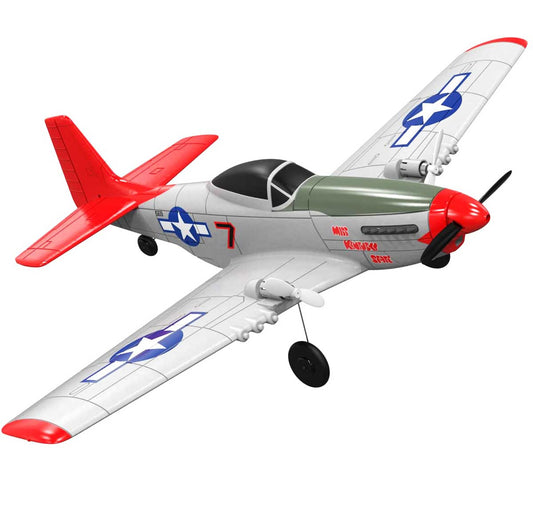
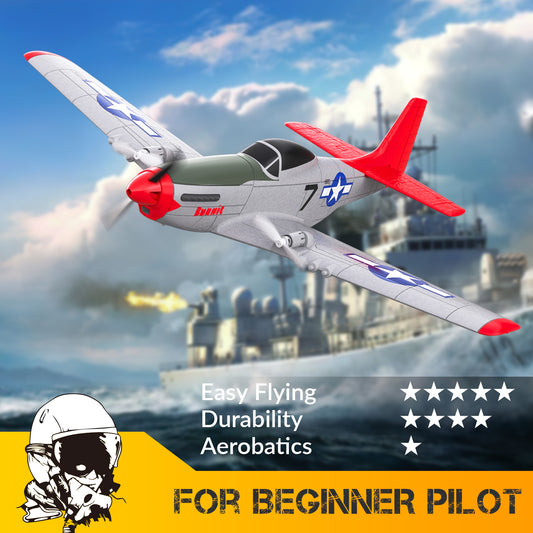
1 comentario
Do your plans come with remote control